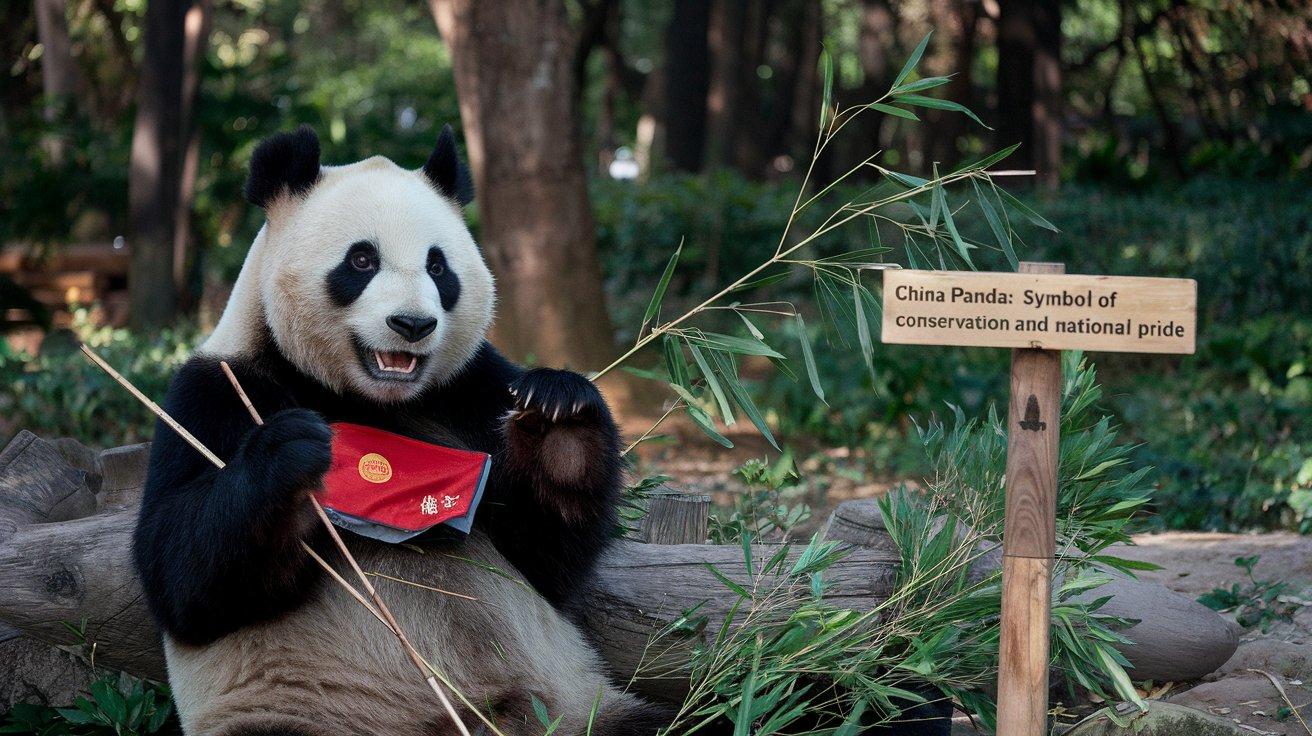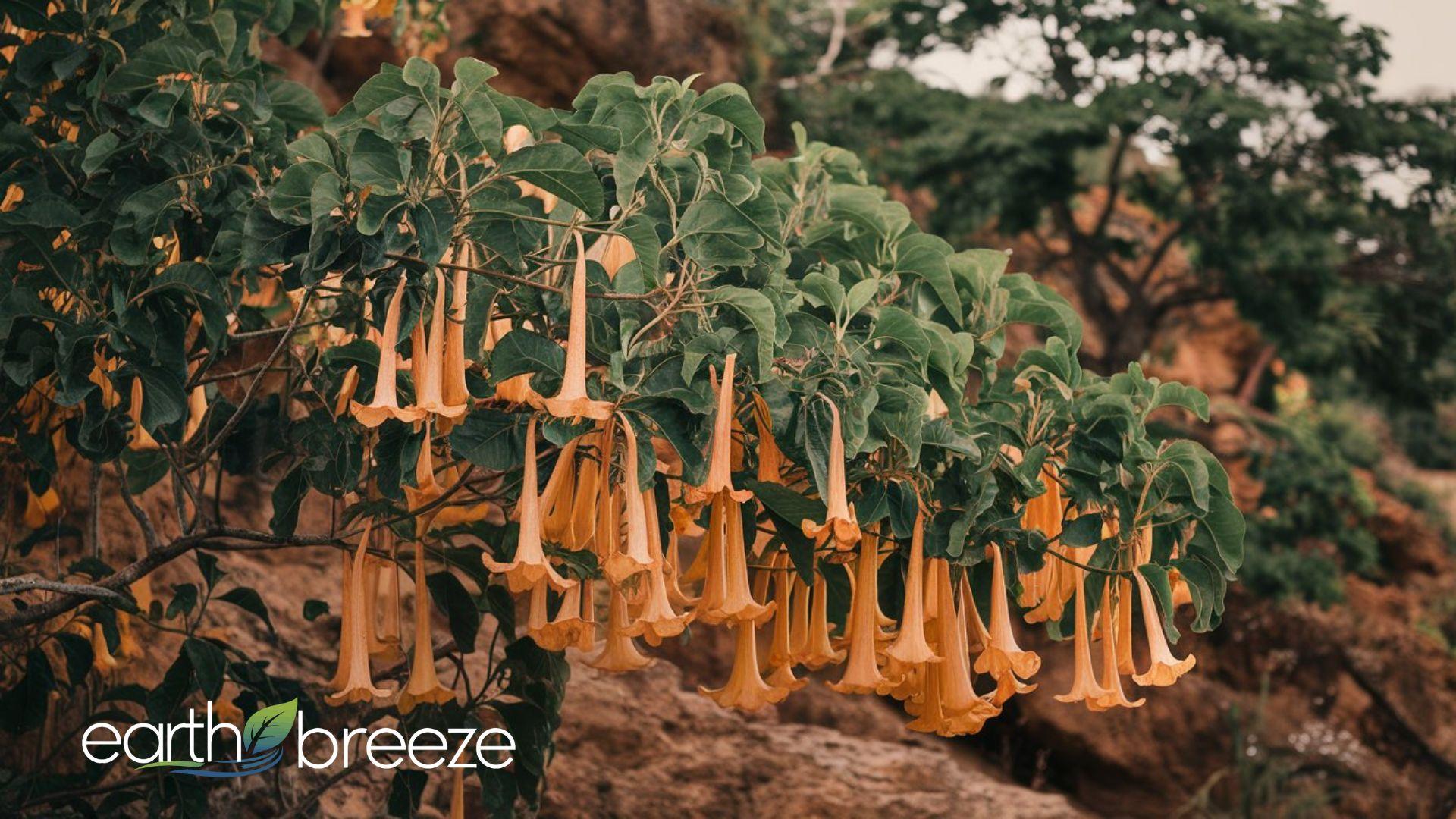The giant panda, often referred to as the “China panda”, is one of the most iconic animals in the world. Recognized for its striking black-and-white fur and charming demeanor, the panda is not just a national treasure of China but also a symbol of global wildlife conservation. This article explores the fascinating life of pandas, their cultural significance, and the efforts undertaken to ensure their survival.
Introduction to the China Panda
Native to the mountainous regions of central China, particularly Sichuan, Shaanxi, and Gansu provinces, the giant panda (Ailuropoda melanoleuca) is a member of the bear family. While its diet primarily consists of bamboo, the panda is classified as a carnivore due to its ancestry. Over the years, this adorable creature has become synonymous with conservation efforts and is a living testament to the importance of protecting endangered species.
Physical Characteristics of the Giant Panda
1. Distinctive Appearance
The panda’s unique black-and-white coat helps it camouflage in the dense bamboo forests. The black patches around its eyes are thought to enhance facial recognition, both among pandas and potential predators.
2. Size and Weight
Adult pandas typically weigh between 70–100 kilograms (154–220 pounds) and can grow up to 1.5 meters (5 feet) long. Their stocky build and muscular limbs make them adept at climbing trees and navigating rugged terrain.
3. Bamboo-Eating Adaptation
Despite being a bear, pandas have developed a pseudo-thumb, an extension of the wrist bone, which helps them grip bamboo stalks efficiently.
Habitat and Distribution
The giant panda is endemic to China and thrives in cool, moist bamboo forests at altitudes of 1,200–3,100 meters (3,900–10,200 feet). These forests provide both sustenance and shelter, making them critical for the panda’s survival. Unfortunately, habitat destruction due to human activities has restricted their range significantly over the years.
Dietary Habits of the China Panda
1. Bamboo Dependence
Bamboo constitutes over 99% of a panda’s diet. They consume up to 12–38 kilograms (26–84 pounds) of bamboo daily to meet their energy needs.
2. Occasional Carnivorous Tendencies
Although rare, pandas have been observed eating small rodents, birds, or carrion to supplement their diet. This behavior underscores their evolutionary link to carnivorous bears.
Reproduction and Lifecycle
1. Breeding Challenges
Pandas have a notoriously low reproductive rate, with females being fertile for only 2–3 days a year. This poses a significant challenge to increasing their population.
2. Cubs and Maternal Care
Panda cubs are born tiny, weighing only about 100 grams (3.5 ounces). The mother invests considerable care in raising her cub, with the young remaining dependent for up to two years.
The China Panda as a Symbol of Conservation
1. Conservation Efforts in China
China has spearheaded efforts to protect the giant panda through the establishment of reserves and breeding programs. The Wolong National Nature Reserve and Chengdu Research Base of Giant Panda Breeding are pivotal in these efforts.
2. International Collaboration
Pandas serve as diplomatic ambassadors for China. Through a program called “Panda Diplomacy,” China lends pandas to other countries as a gesture of goodwill, fostering international cooperation in conservation.
Challenges to Panda Conservation
1. Habitat Loss
Deforestation and agricultural expansion have fragmented panda habitats, making it difficult for them to find food and mates.
2. Climate Change
Rising temperatures threaten bamboo forests, which could impact the availability of food for pandas in the future.
3. Low Reproductive Rate
The panda’s slow reproduction remains a significant obstacle in ensuring population growth despite conservation efforts.
Cultural Significance of the China Panda
1. National Treasure
The giant panda is a source of immense pride for China and is often seen as a symbol of peace, harmony, and friendship.
2. Global Recognition
As the emblem of the World Wildlife Fund (WWF), the panda symbolizes global efforts to protect endangered species and ecosystems.
Success Stories in Panda Conservation
Thanks to decades of conservation efforts, the giant panda’s status has improved from “endangered” to “vulnerable” on the IUCN Red List. With over 1,800 pandas now in the wild, this progress highlights the effectiveness of global conservation partnerships.
Interesting Facts About the China Panda
- Pandas Are Solitary: They prefer to live alone and establish their own territories.
- Excellent Climbers: Pandas can climb trees to escape predators or to rest.
- Symbol of Diplomacy: The first panda sent abroad for diplomatic purposes was gifted to Japan in the 7th century.
- Unique Vocalizations: Pandas communicate through a series of bleats, barks, and growls.
FAQs About the China Panda
1. Why is the panda called the “China panda”?
The giant panda is native to China and considered a national symbol, hence the name “China panda.”
2. How many pandas are left in the wild?
As of recent estimates, there are over 1,800 pandas living in the wild.
3. What is the lifespan of a giant panda?
In the wild, pandas live for 15–20 years, while in captivity, they can live up to 30 years.
4. How does climate change affect pandas?
Climate change threatens bamboo forests, which are the primary food source for pandas, potentially disrupting their habitats.
5. Can pandas survive without bamboo?
Bamboo makes up over 99% of their diet, so the absence of bamboo would significantly impact their survival.
6. Why are pandas important to the ecosystem?
Pandas play a crucial role in their ecosystem by promoting the growth and regeneration of bamboo forests, which benefit other species as well.
Conclusion
The China panda is more than just an adorable bear—it is a global icon for wildlife conservation and a symbol of hope for endangered species worldwide. From its unique adaptations to its vital role in ecosystems, the giant panda reminds us of the importance of protecting our planet’s biodiversity. Through sustained efforts, we can ensure that future generations continue to marvel at the beauty and significance of the China panda.





